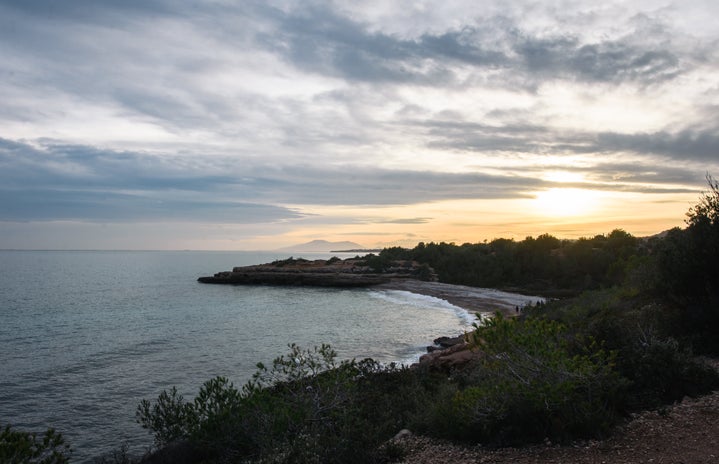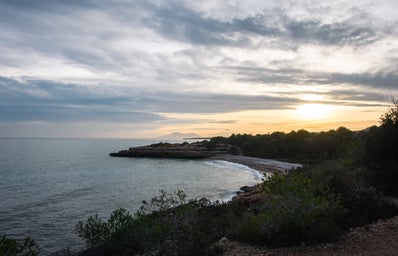Most everyone has heard of the Ogopogo from Okanagan Lake, B.C., or the Loch Ness Monster from Loch Ness, Scotland. There are many stories like those from around the world of mythical, giant, lizard-esque monsters that reside in different lakes, rivers, and oceans.
But what you may not know, is that there is a mythical creature native to Cadboro Bay, the ocean inlet down the street from the University of Victoria. Similar in description to the previously mentioned monsters is the Victorian sea serpent, the Cadborosaurus.
The name of the Cadborosaurus, with the fond nickname of ‘Caddy’, was traced to Saanich resident I, Vacedun, who in 1933 sent it in a letter to the Victoria Daily Times. But credit is more commonly given to the journalist Archie Willsi, causing the sea monster also to be referred to as the Cadborosaurus Willsi.
Though fascination with the sea creature began around 1933, the serpent has been known to Indigenous communities and can be traced through their folklore and oral history over millennias.
Many petroglyphs (rock carvings) from Vancouver Island and the northwest coastal area show the mythological creature: the sea wolf. Native to the Indigenous groups, the Haida, Tlingit, and Tsimshian peoples, the sea wolves are most commonly portrayed with the head of a dog or a crocodile and the body of a snake or whale. Many of these carvings show striking similarities to the description of Caddy.
With over 300 sightings over the past 80 years, the description of the Cadborosaurus varies but they all follow some key themes; ranging between 30-70 feet long, with a snake-like body, strong flippers, and a camel-esque neck and head.
A dedicated group, including cryptozoologists and retired marine biologists, has been dedicated to proving the existence of the Cadborosaurus through a project called the Caddyscan. According to their website, they have been working to gather video proof of Caddy’s existence since 1999. They first installed VHS cameras, which now have been updated to high-resolution DVRs, located in areas of past sightings. So far, they have been unsuccessful in their mission, but they remain dedicated and hopeful.
The Caddyscan group believes their lack of success comes from the rarity of the serpent breaching the surface. On average, there are between 2-10 alleged sightings of Caddy per year, happening along the entire B.C. coast.
Some possible explanations that don’t include the existence of Caddy include the extinct basilosaurus (a prehistoric whale-like sea creature), as well as sea lions, oarfish, basking sharks, and pipefish.
Though I remain skeptical of the Cadborosaurus’ existence, I don’t count it out entirely. There is much about the ocean we have yet to discover and even more to learn about creatures of the past. Though I can guarantee from now on when I visit Cadboro Bay, my eyes will be peeled for this elusive beast.


